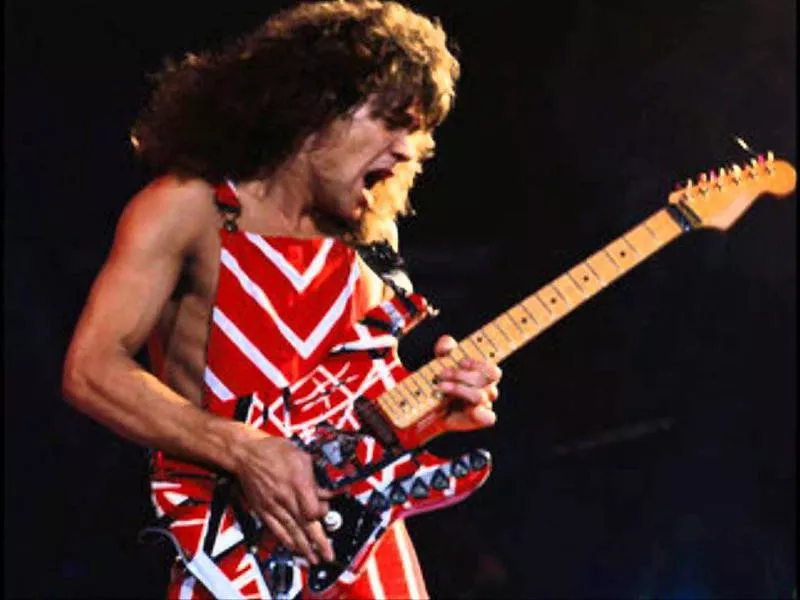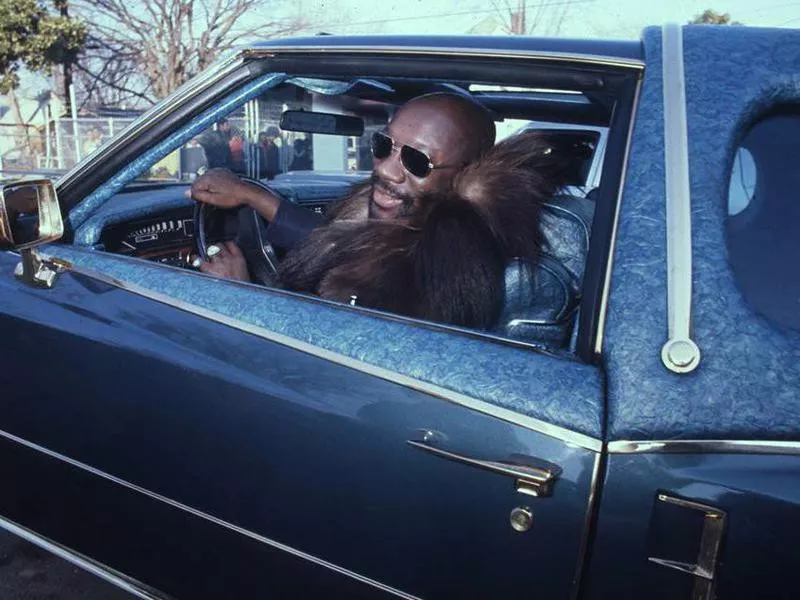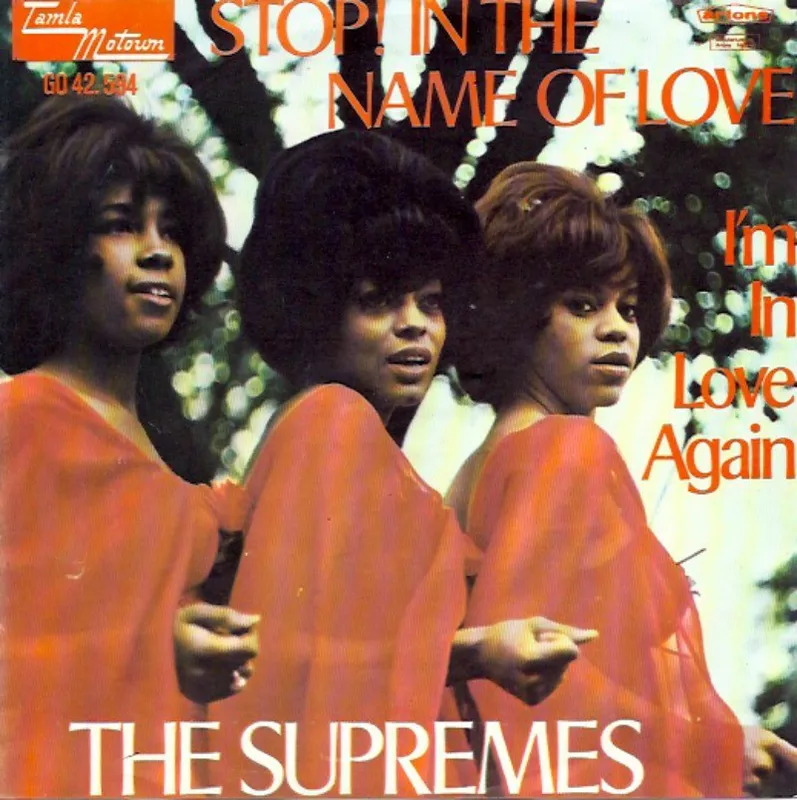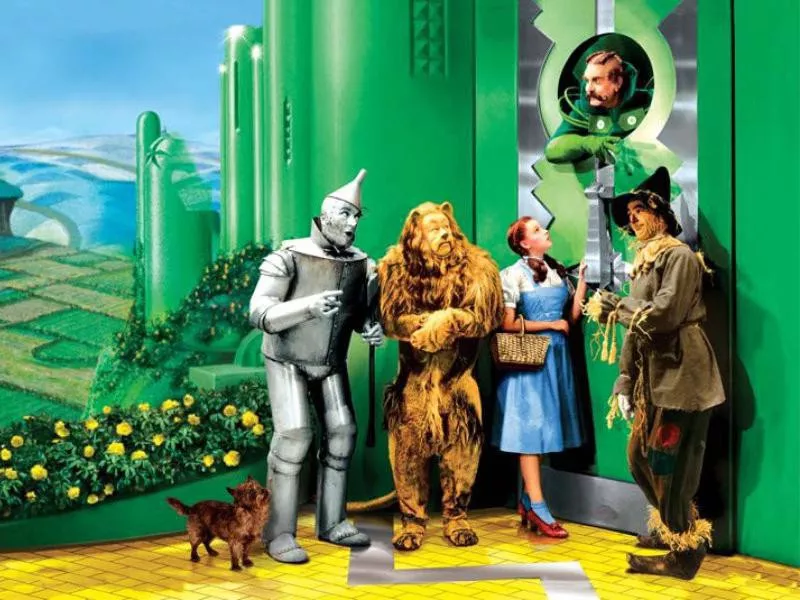Best Music Memorabilia at American Museums
For being a relatively new country, the United States has an incredibly rich musical history. American music has taken elements from different cultures and melded them into styles like jazz, rhythm & blues, rock ‘n roll, zydeco, polka and pop. Along the way, it’s produced some of the biggest names in music history, from Elvis to Kurt Cobain, B.B. King to Beyonce.
Those looking to learn more about the legends of American music can turn to the country’s museums, which showcase the instruments, sheet music, recordings and stage costumes of the performers who forever changed American culture.
Want to see Louis Armstrong’s trumpet, Van Halen’s “Frankenstein” guitar and Prince’s “Purple Rain” motorcycle? Read on.
Elvis Presley’s Graceland Piano
Elvis Presley was known for his showman’s style — and there’s no better example of this than his beloved Knabe piano. Not only did the circa-1912 piano play beautifully, but it was adorned with gold accents and featured a custom-made, gold metal bench designed by the King himself.
Prior to Presley purchasing and refurbishing the piano in 1957, it enjoyed an illustrious run as the house piano at Memphis’ legendary Ellis Auditorium. From the early 1930s through 1957, countless musical greats played the instrument, including W. C. Handy, Duke Ellington, Count Basie and Cab Calloway.
Fittingly, a couple years ago the instrument was returned to its former home: Graceland, Elvis’ estate-turned-museum outside Memphis. Here, you’ll also find furniture, records, jumpsuits and other artifacts from the collection of a singular American icon.
Kurt Cobain’s Fender Stratocaster
Seattle, Washington was the epicenter of grunge music in the 1990s, so it makes sense that a major exhibit decided to the late Nirvana frontman, Kurt Cobain, is housed in the city’s Museum of Pop Culture.
The museum’s Nirvana exhibit contains an extraordinary number of artifacts — more than 200 — but the most striking is Cobain’s busted Fender Stratocaster guitar, which in true rock-god fashion he smashed at the Morocco Shrine Temple in Jacksonville in 1991.
Beyonce’s Super Bowl Bodysuit
The Rock & Roll Hall of Fame and Museum in Cleveland, Ohio houses everything from Michael Jackson’s sequined glove to one of James Brown’s famously provocative rhinestone jumpsuits to Jimi Hendrix’s childhood drawings.
But the best part of this museum housing rock and roll’s early history is how its collection is always evolving. Case in point? The museum’s 2014 acquisition of the black lacy number that Beyonce wore during her show-stopping 2013 Super Bowl performance. (A performance so powerful, the lights in the stadium memorably went out.)
The museum’s Beyonce exhibit also includes the one-sleeved leotard that the singer wore in her legendary “Single Ladies” video. If you agree with Kanye West — that this was one of the best videos of all time — you may want to see this outfit for yourself.
Van Halen’s Frankenstein Electric Guitar

YouTube
Rock icon Eddie Van Halen is well-known for his dramatic flair —and there’s no better example of this than his so-called “Frankenstein” guitar. The instrument, which he painted red, white and black himself, became a hallmark of his wild live performances.
That guitar is now on display at the National Museum of American History in Washington, DC. Rock on.
Prince’s “Purple Rain” Motorcycle
Paisley Park, Prince’s former estate in Minnesota, is today a museum showcasing artifacts from the artist’s vast personal archives, including instruments, awards, and rare music and video recordings.
Many people flock to the museum’s collection of wardrobe pieces — and fittingly so, considering the Purple One’s flamboyant looks made him a fashion icon.
But for our money, the coolest artifact on display is the Hondamatic motorcycle Prince rode in his hit video “Purple Rain.” The vehicle is, but of course, customized with purple accents.
Charlie Parker’s Saxophone
Along with fellow musician Dizzy Gilispie, Charlie Parker invented the musical style known as “bop” or “bebop,” and he was a composer as well. But he is best known for his virtuosic saxophone playing.
Charlie’s mother gave him his first sax when he was a kid, to soothe him after his father abandoned the family. He fell so in love with the instrument that he dropped out of high school to pursue a musical career full-time. And the rest, as they say, is history.
“Don’t play the saxophone,” Parker once said. “Let it play you.” You can visit the musician’s beloved Grafton saxophone at the American Jazz Museum in his hometown of Kansas City, Missouri.
Hand-Written Lyrics of “This Land is Your Land”
Woody Guthrie was one of the most influential folk musicians in American history, as well as an important songwriter. According to the Woody Guthrie Center, “He turned complex ideas about democracy, human rights, and economic equality into simple songs that all Americans could embrace.”
The best-known example of this ethos is “This Land is Your Land.” Interestingly, the song was originally written as a retort to “God Bless America,” which Guthrie hated, and included lyrics like “One bright sunny morning in the shadow of the steeple/by the relief office I saw my people./As they stood hungry,/I stood there wondering if God blessed America for me.”
The original, hand-written lyrics of this seminal tune are on display at the Woody Guthrie Center in Tulsa, Oklahoma.
Louis Armstrong’s Trumpet
Louis Armstrong — also known as “Sachmo” — turned American jazz music on its head. As a trumpet player and vocalist, “Armstrong’s improvised solos transformed jazz from an ensemble-based music into a soloist’s art, while his expressive vocals incorporated innovative bursts of scat singing and an underlying swing feel,” according to the Louis Armstrong House Museum.
Visitors to this museum — located in Armstrong’s former home in Corona, Queens in New York — can see everything as he left it, from his glitzy bathroom to his teal kitchen inspired by the nearby 1964 World’s Fair.
But the most striking object in the house is his signature gold-plated trumpet, on display in the basement.
Michael Jackson’s Jacket From the “Thriller” Video
The Grammy Museum in Los Angeles is home to countless American musical artifacts — including the red leather jacket that Michael Jackson wore in his “Thriller” video.
“Thriller” was not only a hit song: It was also one of the most groundbreaking music videos of all time, according to Billboard. This mini-horror movie and its now-iconic dance routine are firmly embedded in pop culture and have influenced artists for decades.
Patsy Cline’s Letters
Nashville’s Patsy Cline Museum honors the life and music of one of country music’s most legendary and tragic figures (like so many great musicians, she died far too soon, at age 30 in a plane crash).
Many who visit this museum head to its wall filled with the A and B sides of every record Cline ever released, including her mega-hit (and jukebox favorite) “I Fall to Pieces.”
But the museum’s most poignant treasure is a collection of letters Cline wrote to family and fans. The remarkably candid and heartfelt letters provide rare insight into Cline’s inner life.
B.B. King’s Guitar
If you know one thing about B.B. King — other than that he was a blues guitarist — it’s that he named his guitar “Lucille.” Indeed, as the blues great once said, “The minute I stop singing orally, I start to sing by playing Lucille.”
What you may not know is that there were actually multiple Lucilles, usually Gibson ES-355–style guitars in black and gold. To see one of these in person, head to the Delta Blues Museum in Clarksdale, Mississippi.
In addition to a guitar belonging to the King of Blues, the museum also houses musical instruments, recordings, sheet music, posters, photographs, costumes and folk art, making it a must-visit for any lover of one of America’s most treasured musical styles.
Recordings of Irving Berlin Singing His Own Songs
Irving Berlin — a Russian immigrant who moved to America at age 5 — was one of the most prolific songwriters in U.S. history, authoring more than 1,000 songs, including ballads, dance numbers, novelty tunes and love songs.
His music was so popular that they’re now referred to as “American standards,” including classics like “Blue Skies,” White Christmas,” “Anything You Can Do I Can Do Better,” “There’s No Business Like Show Business,” “Cheek to Cheek,” “Puttin’ on the Ritz” and “God Bless America.”
To hear the master at work, you can listen to recordings of Berlin singing his own songs at the Rogers and Hammerstein Archives of Recorded Sound at the New York Public Library for Performing Arts.
Buddy Holly’s Recording Microphone
According to the Rock & Roll Hall of Fame, rock and roll as we know it wouldn’t exist without Buddy Holly. In a few short years — he was killed in a plane crash in 1959 — this Texas teen with famously prominent glasses and tailored suits combined rhythm & blues, rockabilly and country & western music to crank out hits like “Oh Boy,” “Peggy Sue” and “That’ll Be the Day.”
A microphone Holly used to record these and other songs is on display at the Buddy Holly Center in his hometown of Lubbock, Texas. Seeing the instrument up close is a poignant reminder of what the American songbook lost with Holly’s tragic and untimely passing.
Selena’s Music Studio
Another tragic story in the annals of music history belongs to Selena. As depicted in the eponymous hit film, Selena was poised to become a crossover Mexican-American mega-star when she was shot and killed by her former manager.
The Selena Museum honors the singer’s many talents; artifacts include fashion sketches and looks from her makeup line. But it’s Selena’s musical genius that most shines through, especially during a visit to the studio where she recorded her final album before her untimely death.
The museum is located, fittingly, in Selena’s hometown of Corpus Christi, Texas.
Isaac Hayes’ Cadillac Eldorado

Stax Museum of American Soul Music / Facebook
Music lovers visiting Memphis should plan a visit to the Stax Museum of American Soul Music, located in the former recording studio of the same name, where legends like The Nightingales and Otis Redding laid down tracks.
One of the most interesting — and certainly large — artifacts here is the glittering custom Cadillac Eldorado that belonged to singer/songwriter/producer/musician Isaac Hayes.
The classic car was purchased as part of Hayes’ renegotiated deal with Stax in 1972 and cost $26,000 (nearly $160,000 in 2019 dollars). This Caddy is fully loaded with a refrigerated mini-bar, television, 24-carat gold exterior trim and white fur carpeting on the floorboards. Would you expect anything less?
The Supremes’ Recording Studio at Hittsville, USA

The Motown Museum in Detroit, Michigan houses artifacts associated with the rhythm and blues music that put Detroit on the musical map. And its setting can’t be beat: It’s housed in the house where Motown founder Berry Gordy formerly lived with his family.
You can (and should) visit Gordy’s upstairs apartment, but the real draw here is Studio A, where musical legends recorded some of their biggest R&B hits. The studio features original instruments and equipment dating from 1959 through 1972.
Stand in the very spot where the Supremes recorded “Stop! In the Name of Love,” the Marvelettes laid down the track for “Please Mr. Postman” and the Contours recorded “Do You Love Me (Now That I Can Dance.”
DeFord Bailey’s Harmonica
The Country Music Hall of Fame is home to some of the most important music-related artifacts in American history, and none are more essential to the story of American music than the harmonica used by country music’s first African American star, DeFord Bailey.
Born in 1899, Bailey honed his musical skills at church and grew up in a musical family who played what he called “black hillbilly music.” In 1925, he joined forces with harmonica player and string-band leader Dr. Humphrey Bate, who dubbed him “The Harmonica Wizard.” Soon, he was racking up hits, including “Pan American Blues,” that changed country music as we know it.
Bailey was inducted into the Country Music Hall of Fame in 2005.
Frankie Yankovic’s Accordion
Believe it or not, Cleveland is actually home to two halls of fame and museums. If rock and roll isn’t your speed, check out the National Cleveland-Style Polka Hall of Fame and Museum, located just outside the city in the suburb of Euclid.
The museum walks visitors through the history of “the happiest sound around” — in case you weren’t sure, that’s polka music — in Cleveland, starting around 1900. Out of all the artifacts in the museum’s collection, one of the most-visited is an accordion belonging to Frankie Yankovic, aka “America’s Polka King.”
He used the instrument from 1957 to 1988 to play Slovenian-style polka music, bringing the unique genre to a national stage. (And no, in case you were wondering, Frankie is not related to Weird Al Yankovic, though the two did perform together on occasion before Frankie’s passing in 1998.)
Celia Cruz’s Heels
Known as the “Queen of Salsa,” Celia Cruz was born in Cuba but moved to New York City early on and performed throughout the United States. Her signature look was glitzy dresses and dramatic high-heeled sculpture shoes.
A pair of these heels are on display now at the Musical Instrument Museum in Phoenix, Arizona, along with the stage dress Cruz wore at her 1992 Jazz at Lincoln Center concert with Tito Puente and a pair of her maracas.
Judy Garland’s Ruby Slippers

The ruby slippers that 16-year-old Judy Garland wore in the 1939 film “The Wizard of Oz” are an important part of film history. Currently housed at the Smithsonian National Museum of American History in Washington, D.C., the shoes were one of several pairs Garland wore during the filming of the classic film.
They also have an important place in American musical history: The song “Over the Rainbow” — which Garland sang in the film — won an Academy Award and became her signature tune throughout her career.